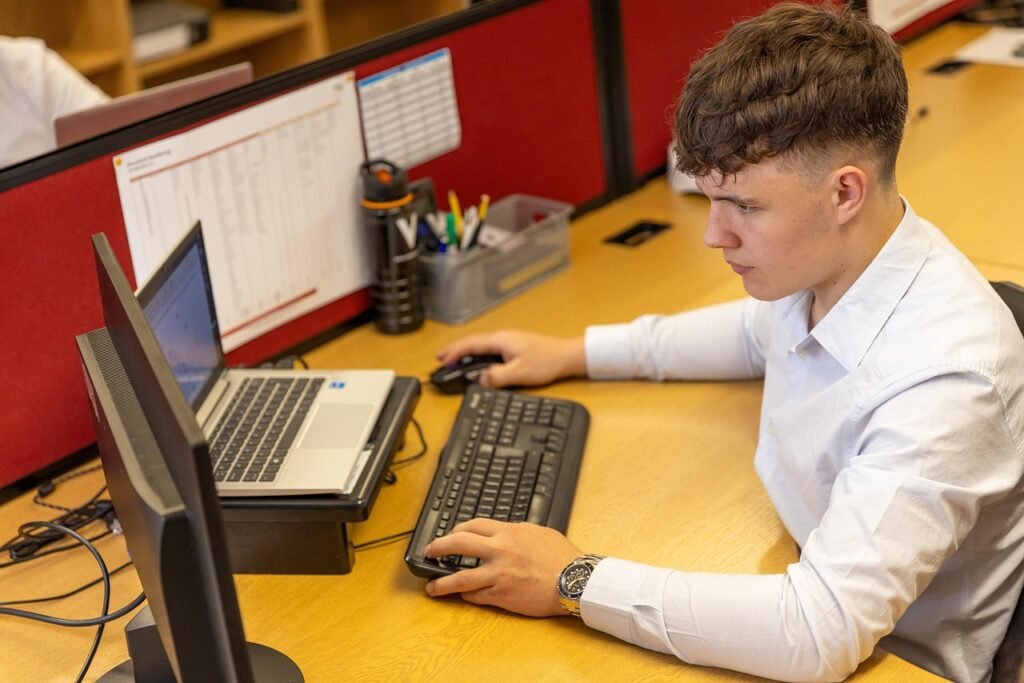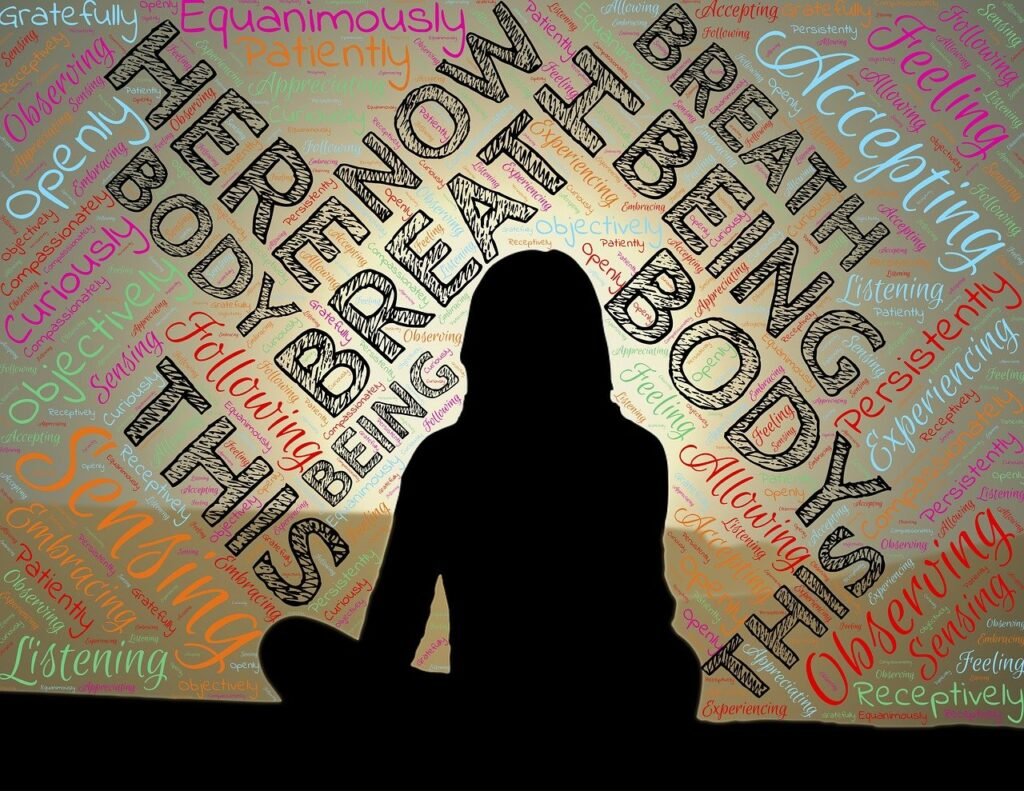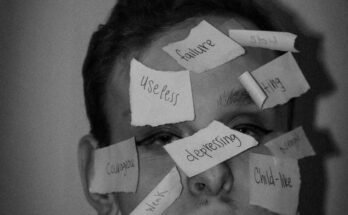Traditional workplace expectations include the maintenance of multiple tasks along with brief timeframes and extended working hours. The combination of responsibilities in work life with personal needs plus unpredicted problems often causes stress to become persistent. Uncurbed stress symptoms harm both work performance and mental and general health.
Stress management techniques exist effectively to bring back equilibrium. This article explores stress relief techniques for busy professionals that help reduce anxiety, improve focus, and enhance overall well-being.
Read More About Mental Health Here
1. Practice Deep Breathing
Deep breathing remains the simplest and most efficient technique that lets people deal with their stress. One of the best stress relief techniques for busy professionals is deep breathing, as it helps calm the nervous system. You should breathe deeply to gain relaxation control during moments of stress. Slow deep breathing requires you to open your mouth at inhalation and then hold it for some seconds before releasing air through your mouth. The overall practice delivers a reduction of anxiety along with peace of mind as its two major outcomes.
2. Take Short Breaks

Enduring work produces two factors that lead to burnout and mental exhaustion development. One of the most effective stress relief techniques for busy professionals is taking short breaks throughout the day. Brief work interruptions provide individuals with focused attention and lower their stress levels at the same time. Short walks combined with stretching or moving out of your work area allow your mind to clear up which results in better work performance.
3. Exercise Regularly
Physical exercise stands as an effective technique for lowering stress levels. Incorporating stress relief techniques for busy professionals such as physical activity can significantly improve mental well-being. Physical exercise causes endorphins to naturally appear in the body and create pleasant emotions together with stress resistance qualities. The time you have at your disposal enables access to basic stress relief from walking and stretching exercises and also from practicing yoga. Short exercise blocks should become part of arrangements to achieve physical fitness and stress control.
4. Prioritize Sleep

Not getting enough sleep results in increased emotional tension in addition to impaired brain performance. Your sleep duration needs to be 7-9 hours of high-quality restful sleep every night. Regular bedtime preparation along with restricted screen usage before sleep and a comfortable sleeping environment leads to enhanced sleep quality.
5. Manage Time Effectively
The improper utilization of time available generates substantial stress in people. Incorporating stress relief techniques for busy professionals can help manage time effectively and reduce anxiety. Accepted tools for organization such as to-do lists time-blocking and calendar management help people boost their productivity. Workforce management becomes more efficient through task arrangement but deadlines must be set at levels that employees can reach.
6. Practice Mindfulness and Meditation

The practice of mindfulness is one of the most effective stress relief techniques for busy professionals, helping individuals stay present and reduce anxiety caused by constant future-oriented worries. Facets of mindfulness practice which include meditation and mindful breathing enable relaxation of your thoughts and enhancement of emotional health.
7. Stay Hydrated and Eat Nutritious Meals
Unmanageable workloads push many people towards making poor dietary choices. Processed along with sugary foods tend to raise the stress levels within the body. You should maintain hydration levels through regular consumption of nutritious foods that combine fruits vegetables and proteins. Food consumption regulates mindset while controlling body activity which leads to stress relief in a natural manner.
8. Set Boundaries at Work
To control the effects of stress one must define specific boundaries that help maintain emotional stability. One of the most effective stress relief techniques for busy professionals is learning to set boundaries by avoiding excessive workloads and declining requests that exceed their capacity. Workers who create suitable boundaries between their work life and personal life gain free time for relaxation which leads to reduced stress and enhanced total well-being.
9. Engage in a Hobby
The practice of hobbies enables workers to unfocus from professional tension which leads to proper rest. Engaging in enjoyable activities is one of the most effective stress relief techniques for busy professionals as it helps shift focus away from work-related pressures. Time spent on hobbies such as reading, painting, music, or gardening brings relaxation together with decreased anxiety and improved mental clarity to workers.
10. Connect with Supportive People
Stress management benefits greatly from supportive relationships with others. Discussion with friends, family members, and colleagues about your worries creates feelings of receiving support as well as understanding regarding your situation. You should select people who motivate you and lift your spirits to be your friends.
11. Reduce Screen Time

High amounts of screen time spent on social media or work emails lead to stress elevation in people. Setting boundaries on screen use is one of the most effective stress relief techniques for busy professionals as it allows the mind to rest and recharge. The practice of reading along with exercise activities and spending time in nature helps people limit their screen time while making them experience reduced stress.
12. Seek Professional Help if Needed
Therapy from a counselor or therapist should be your choice if stress levels become unmanageable. Professionals who provide guidance will create personalized coping mechanisms to address your current challenges while enhancing your mental state.
FAQs
What are the best ways to handle stress when you have a packed schedule?
Controlling stress during periods of heavy workload requires people to establish task sequencing methods and take frequent refreshment periods while exercising regularly practicing mindfulness and implementing personal restrictions. Trivial deeds like deep respiration and fluid consumption help manage stress levels.
What do the 5 R’s of stress management stand for?
- Stress management comprises the 5 R’s that follow this specific approach:
- The first Step is Recognition which Means Finding the Origin of Stress.
- Reduce – Minimize unnecessary stressors.
- Adequate relaxation can be achieved by practicing relaxation techniques.
- Time management improvement and prioritization changes help people reduce stress.
- Taking regular breaks accompanied by sufficient rest constitutes part of stress management.
How can professionals stay calm and focused during hectic times?
When work becomes hectic staff should organize their work based on importance and divide projects into smaller sections while staying hydrated taking deep breaths and obtaining sufficient sleep. When multitasking is not possible you should pass responsibilities to coworkers to distribute workloads more effectively.
What are the four A’s that help in managing stress effectively?
The four A’s of stress management are:
- Avoid Eliminating unnecessary stressors.
- Alter or Modify the situation or your approach.
- Adapt and Adjust your mindset and expectations.
- Accept and Acknowledge that some stressors are beyond control.
Final Thoughts
Balancing a busy career with personal well-being can be challenging, but stress relief techniques for busy professionals can help maintain a healthy and focused mindset. Valuable stress reduction and improved living quality become achievable through small routine modifications that professionals can manage easily. People need to practice self-care while staying mindful because managing stress maintains success along with happiness for the long term.




